[section label=1. Introduction]
Sub-$100 Graphics
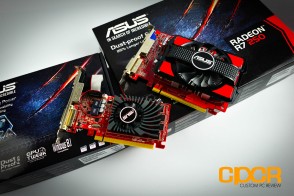 As an enthusiast hardware review site, we generally don’t review low end graphics hardware, but it’s understandable that not everyone needs to have the latest $500+ graphics cards and it’s always interesting to see just how far you could get with a sub-$100 budget.
As an enthusiast hardware review site, we generally don’t review low end graphics hardware, but it’s understandable that not everyone needs to have the latest $500+ graphics cards and it’s always interesting to see just how far you could get with a sub-$100 budget.
Today we’ll be reviewing two entry level Radeon R7 series graphics cards from ASUS, the ASUS Radeon R7 240 and R7 250. In terms of specs, both the ASUS Radeon R7 240 and Radeon R7 250 are equipped with 28nm Oland GPUs with a choice between the Radeon R7 250 containing a fully unlocked Oland GPU (aka Oland XT) paired with faster GDDR5 memory, or the Radeon R7 240 with a slightly neutered Oland GPU (aka Oland Pro) paired with slower DDR3 memory.
With that said, let’s take a closer look!
Specifications
| Manufacturer | ASUS | ASUS |
|---|---|---|
| Model | Radeon R7 240 | Radeon R7 250 |
| GPU | Oland Pro | Oland XT |
| Fabrication | 28nm | 28nm |
| Base Clock | 1000 MHz | 1050 MHz |
| Boost Clock | N/A | N/A |
| Architecture | GCN | GCN |
| Stream Processors | 320 | 384 |
| Texture Units | 20 | 24 |
| ROPs | 8 | 8 |
| Memory Configuration | 2GB GDDR3 | 1GB GDDR5 |
| Memory Interface | 128-bit | 128-bit |
| Memory Frequency | 900 MHz (1800MHz Effective) | 1150 MHz (4.6 GHz Effective) |
[section label=2. A Closer Look at the ASUS Radeon R7 240]
A Closer Look at the ASUS Radeon R7 240
Here’s a look at the packaging for the ASUS Radeon R7 240.
Included we get some documentation, a driver disk, two low profile adapters (one for VGA and one for DVI/HDMI, allowing both to be used simultaneously with two PCIe slots), and the ASUS Radeon R7 240 itself.
Here’s a closer look at the ASUS Radeon R7 240.Here we can see that the card is a fairly small single slot, low profile design. Cooling is handled by a single heatsink with a fairly small 37mm fan mounted on the heatsink. Given that the Radeon R7 240 has a TDP of only 30w, no external power is needed.
Video outputs include the usual VGA, HDMI and DVI. Unfortunately although a Dual Link DVI port is included, resolutions above 1920×1200 (high-resolution IPS, IGZO, etc. displays) are not supported.
Removing the heatsink assembly, we can take a closer look at the components onboard the card.
The ASUS Radeon R7 240 is powered by AMD’s 28nm Oland Pro GPU, which is a neutered version of the full Oland XT GPU used on the R7 250. With the Oland Pro (aka R7 240), AMD has disabled one of the Computer Units giving the GPU access to 320 stream processors, 8 ROPs and 20 TMUs.
Onboard memory is powered by eight Nanya NT5CB128M16HP-EK chips making up a total of 2GB of DDR3 running off a 128-bit memory interface.
[section label=3. A Closer Look at the ASUS Radeon R7 250]
A Closer Look at the ASUS Radeon R7 250
Here’s a look at the packaging for the ASUS Radeon R7 250.
The ASUS Radeon R7 250 is quite light on accessories with only some documentation and the graphics card included in the packaging.
Here’s a closer look at the ASUS Radeon R7 250.We’ve got a full sized single slot PCIe card this time around with a slightly larger heatsink sporting a 72mm fan. Like the ASUS Radeon R7 240, the R7 250 with a TDP of only 65w does not require external power.
Video outputs include the usual VGA, HDMI and DVI. Unfortunately although a Dual Link DVI port is included, resolutions above 1920×1200 (high-resolution IPS, IGZO, etc. displays) are not supported.
Removing the heatsink assembly, we can take a closer look at the components onboard the card.
The ASUS Radeon R7 250 is powered by AMD’s 28nm Oland XT GPU, which is the fully unlocked version of the Oland GPU. The GPU contains a total of 6 Compute Units giving the GPU access to 384 stream processors, 8 ROPs and 24 TMUs.
Onboard memory is powered by four Elpida W2032BBBG-6A-F chips making up a total of 1GB of GDDR5 running off a 128-bit memory interface.
[section label=4. Testing Setup]
ASUS Radeon R7 240, R7 250 Performance
Testing Setup
Ivy Bridge Test Bench
| CPU | Intel Core i5 3570K |
|---|---|
| Motherboard | Gigabyte Z77X-UD3H |
| Memory | Kingston HyperX Genesis 16GB DDR3 2133MHz |
| Graphics | N/A |
| Boot Drive | OCZ Vertex 4 128GB SSD |
| Storage Drive | Western Digital Caviar Green 3TB |
| Power Supply | Corsair HX650 |
| Case | HSPC High Speed Tech Station |
| Optical Drive | ASUS OEM DVD Drive |
| Operating System | Windows 7 Ultimate x64 SP1 |
Special thanks to Gigabyte, Kingston, OCZ Technology and HSPC for sponsoring our test bench!
Initial Boot
ASUS Radeon R7 240
ASUS Radeon R7 250
[section label=5. 3D Mark]
ASUS Radeon R7 240, R7 250 Performance
3D Mark
The new 3D Mark, now referred to as just 3D Mark, is Futuremark’s latest update to the popular 3D Mark series of benchmarks. The updated 3D Mark now includes multiple benchmarks for cross platform support as well as updated graphics to push the latest graphics cards to their limits.
[section label=6. 3D Mark 11]
ASUS Radeon R7 240, R7 250 Performance
3D Mark 11
3D Mark 11 is an extremely popular benchmark designed by Futuremark for the sole purpose of stress testing a system’s graphics performance. Trusted by hardware enthusiasts and gamers world wide, 3D Mark 11 uses the latest features of DX11 to stress test graphics performance with consistent loads which simulate in game performance.
[section label=7. Unigine Heaven]
ASUS Radeon R7 240, R7 250 Performance
Unigine Heaven v4.0
Unigine Heaven is another DX11 benchmark that stresses the graphical processing capabilities of the GPU using the advanced UNIGINE engine.
[section label=8. Shogun 2: Total War]
ASUS Radeon R7 240, R7 250 Performance
Shogun 2: Total War
Shogun 2: Total War is the most recent installment of the long running Total War series. Capable of using DX11’s features, it’s the perfect benchmark to test for the gaming performance. For our testing today, we’ll be using the Shogun 2: Total War benchmark utility.
[section label=9. Crysis 2]
ASUS Radeon R7 240, R7 250 Performance
Crysis 2
As the successor to Crysis, which was hailed as the most graphically intensive game of all time when it was released in late 2007, Crysis 2 is less graphically demanding than its predecessor, but still one of the most graphically challenging games of all time. You simply can’t take a step in Crysis 2 without stepping into some intense tessellation. Combined with rich lighting, insane physics, and oodles of post processing, Crysis 2 requires a ton of graphics muscle to run.
Today, we’ll be benchmarking Crysis 2 in the map “Central Park” with the Adrenaline Crysis 2 Benchmark Tool.
[section label=10. Metro 2033]
ASUS Radeon R7 240, R7 250 Performance
Metro 2033
Similar to Crysis 2, Metro 2033 is extremely tessellation intensive and fills the ranks as one of the most graphically intense games of all time.
Today, we’ll be benchmarking Metro 2033’s Frontline map using the Metro 2033’s included Benchmark Utility.
[section label=11. Sleeping Dogs]
ASUS Radeon R7 240, R7 250 Performance
Sleeping Dogs
Released in 2012, Sleeping Dogs is an open world action-adventure title based on the infamous Hong Kong triads. With an open world environment, fast paced action and excellent graphics, Sleeping Dogs makes for a perfect test of graphics card capability. For our benchmarking today, we’ll be using Adrenaline’s Action Benchmark Tool.
[section label=12. Hitman: Absolution]
ASUS Radeon R7 240, R7 250 Performance
Hitman: Absolution
Hitman: Absolution is a action adventure game released in late 2012 which focuses on the hitman, Agent 47, and his assassination missions. After a 6 year hiatus, the Hitman series is back in full force with updated graphics based off the developer, Square Enix/IO Interactive’s Glacier 2 engine. For our benchmarking today, we’ll be using Adrenaline’s Action Benchmark Tool.
[section label=13. Battlefield 4]
ASUS Radeon R7 240, R7 250 Performance
Battlefield 4
Only a year after the initial release of Battlefield 3, the team at DICE went back to the drawing board to introduce their latest and greatest modern combat shooter, Battlefield 4. Based off DICE’s all-new Frostbite 3 engine, Battlefield 4 brings a new level of realism to the world of PC and console gaming with an unparalleled level of visual immersion, realistic character animations, and physics driven dynamic environments.
For our benchmarking, we’ll be doing a benchmark on a 60 second run of the game at the beginning of the Tashgar mission. While this scene doesn’t involve any firefights, it’s a very graphics intensive scene that involves a fast moving drive through the hills of Tashgar, which makes heavy use of the Frostbite 3’s motion blurring, depth of field, particle effects, and real time lighting engine.
[section label=14. Power Consumption and Temperatures]
ASUS Radeon R7 240, R7 250 Performance
Power Consumption
For power consumption testing, we’ll be measuring full system power while idle along with full system power with the graphics card running at full load using Furmark. All power consumption measurements will be measured with the Extech 380801 Power Analyzer.
Temperature Testing
For temperature testing, we’ll be measuring both graphics card temperatures when the graphics card is idle for 5 minutes after a cold boot. Load temperatures are taken after a full 30 minute burn using Furmark.
While some of you aren’t huge fans of Furmark as it creates an ultra heavy, unrealistic load on the graphics card, we feel like it’s a more useful tool as it differentiates between graphics cards that have extremely well designed coolers and ones that simply have cooling solutions that simply pass the test, if you will. Most games these days generally don’t create enough of a load/heat to even exceed temperatures where the fans would spin up on most custom coolers so it’s difficult to adequately rank cooling solutions without using a tool like Furmark.
[section label=15. Conclusion]
ASUS Radeon R7 240, R7 250 Conclusions
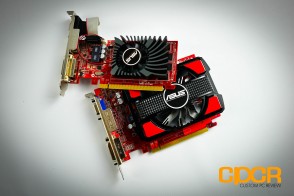 All right, so with benchmarks out of the way, let’s talk about some final thoughts here.
All right, so with benchmarks out of the way, let’s talk about some final thoughts here.
From an enthusiast point of view, performance on the ASUS Radeon R7 240 and R7 250 definitely doesn’t impress all that much. After all, you really can’t expect too much out of a sub-$100 graphics card. That said, it does run modern games… and it does it reasonably well at lower resolutions and lower quality settings so those looking for a cheap stop-gap solution before purchasing a new gaming system may find the R7 240 or R7 250 the perfect drop-in cards for the task.
The ASUS Radeon R7 240 can generally be found at around $70 and the ASUS Radeon R7 250 can generally be found at around $90, which makes it one of the few graphics cards on the market under $100. It also happens to be one of the few graphics cards on the market that’s capable of running without any external power, which should be of great interest for those stuck with older, pre-built systems that don’t have external power and simply don’t have the CPU or GPU processing power for HD video decoding or light gaming. While those stuck in this type of scenario who still want to do 1080p gaming with medium quality settings have the option of going with the newly introduced Nvidia GeForce GTX 750/750 Ti, it will come at a significantly higher price-point, which may be unnecessary for those simply looking to play a bit of old school Counter Strike.
Overall, while the ASUS Radeon R7 240 and Radeon R7 250 isn’t anywhere near the most impressive graphics card we’ve seen to date, it’s a product that fills a necessary gap for those with older, mostly pre-built systems who aren’t necessarily heavy gamers, but need a cheap graphics card for simple 1080p video playback or light gaming. If that fits your description, definitely be sure to check out what ASUS’s Radeon R7 series has to offer.
Sample provided by: ASUS
Available at: Amazon

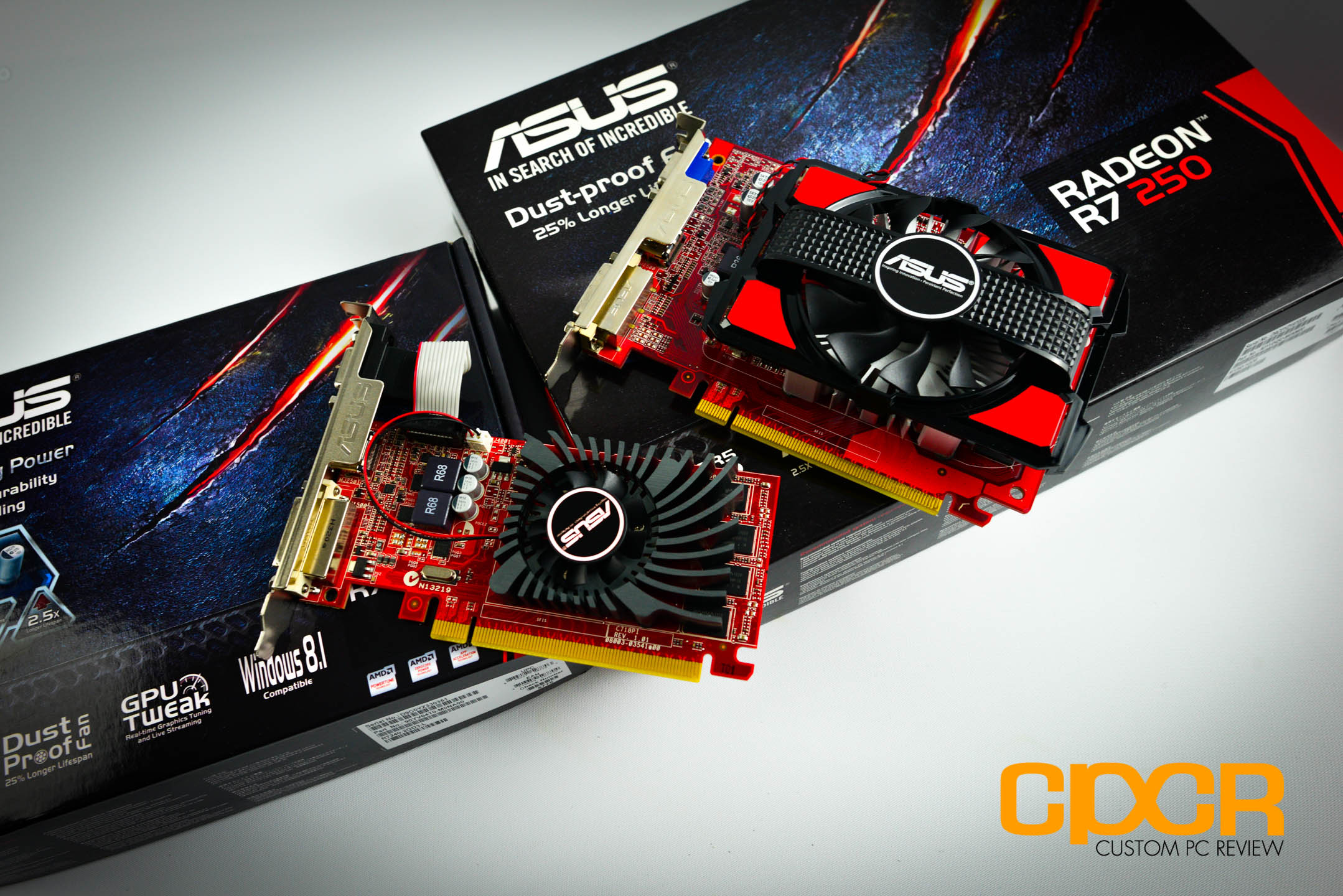
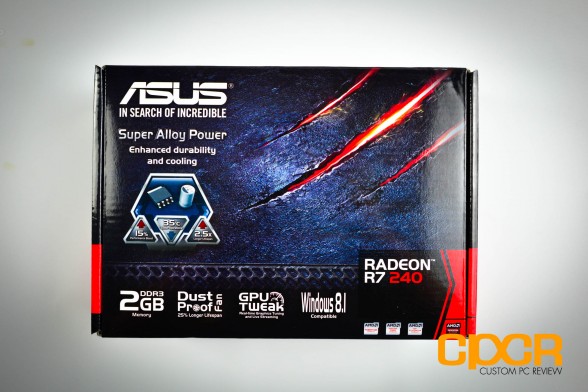
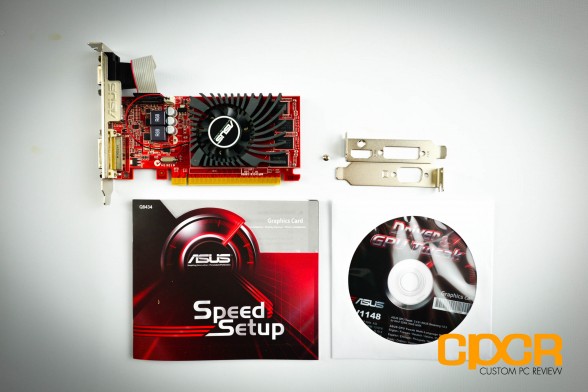
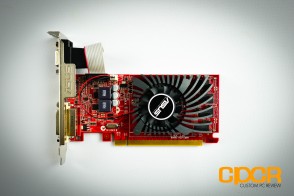
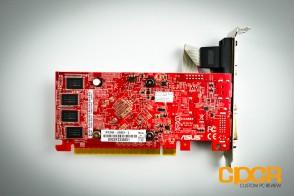
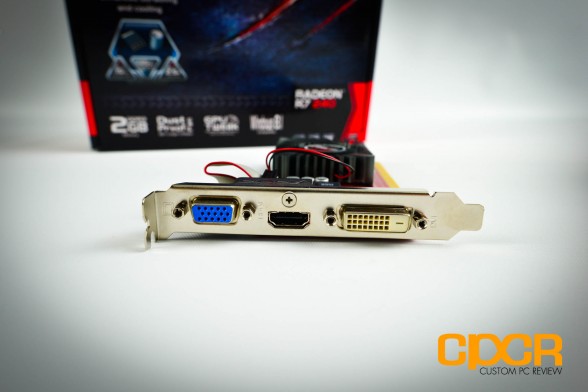
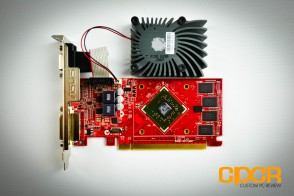
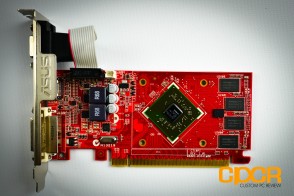
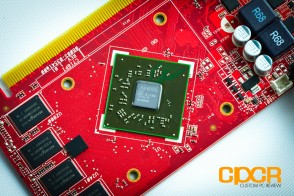
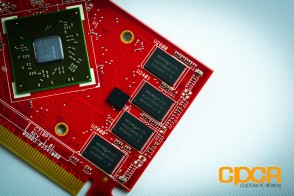
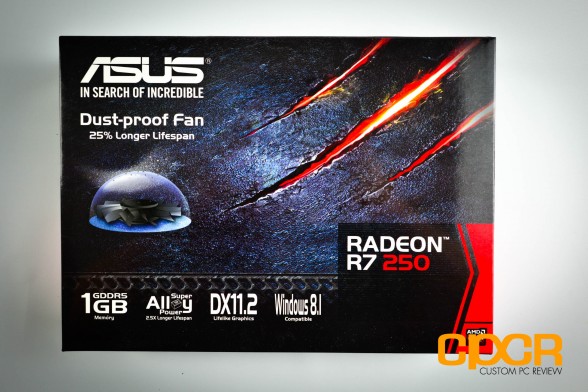
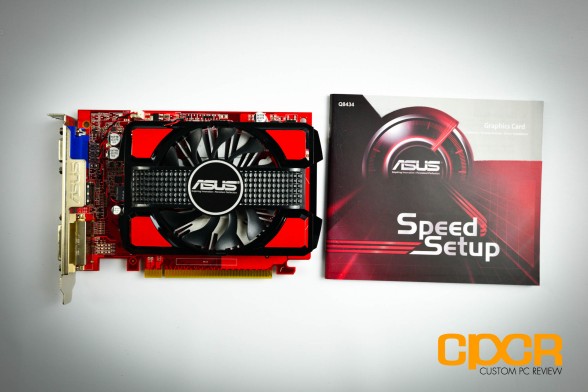
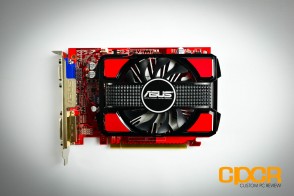
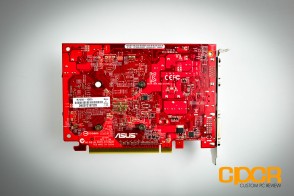
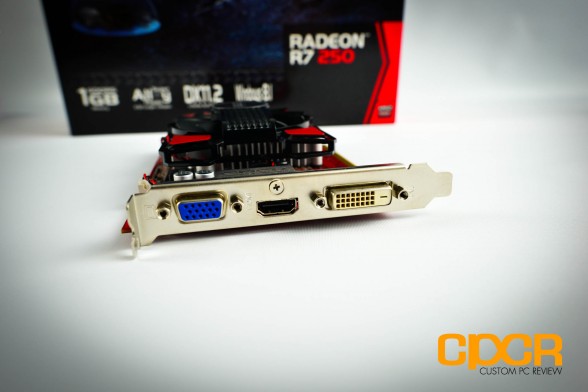
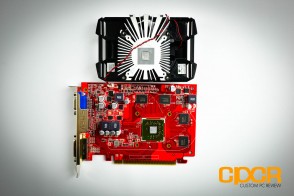
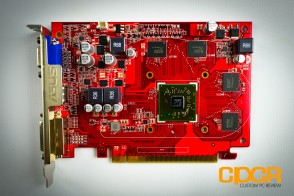
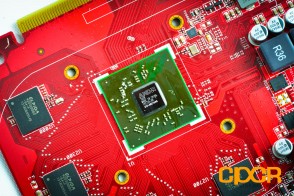
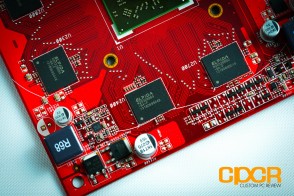
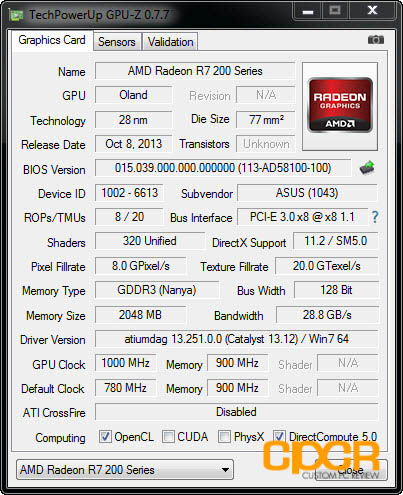
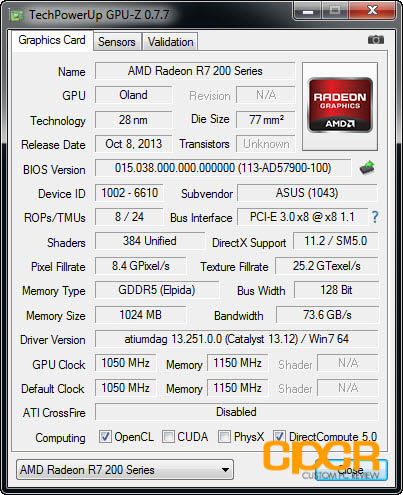
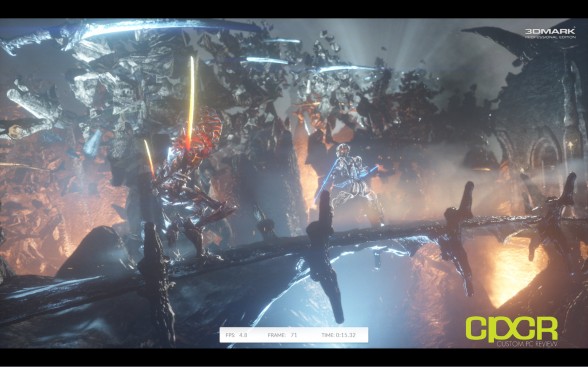
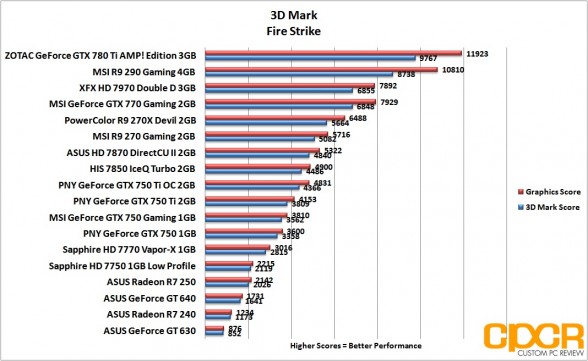
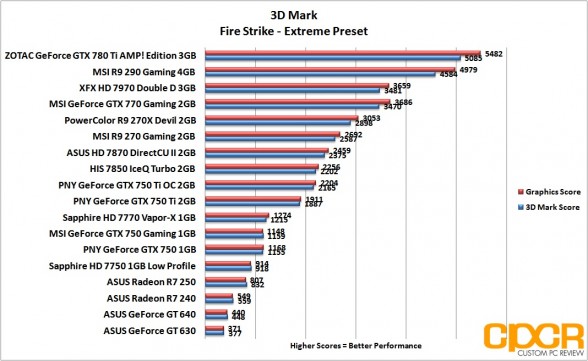
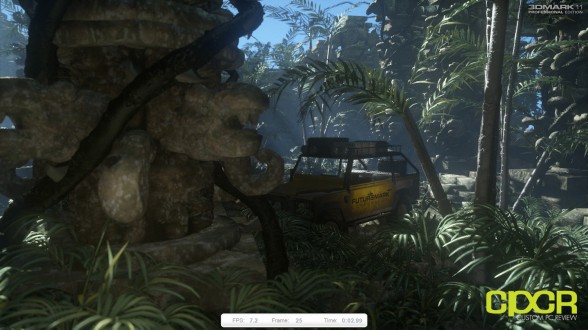
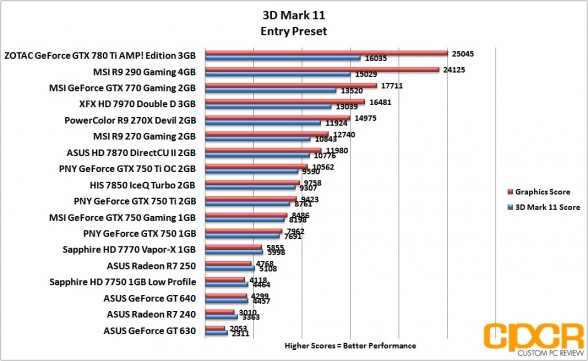
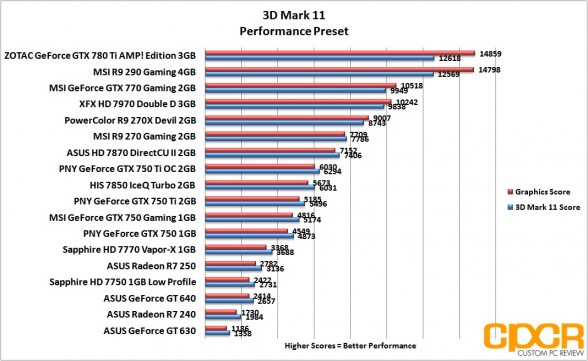
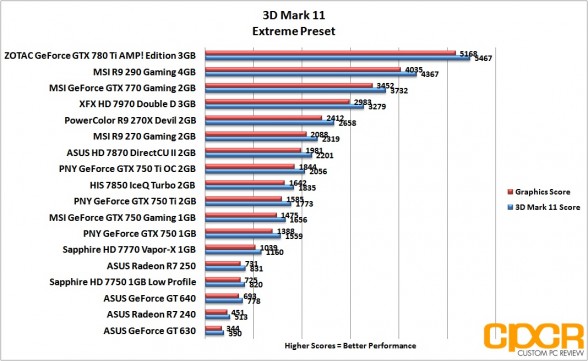

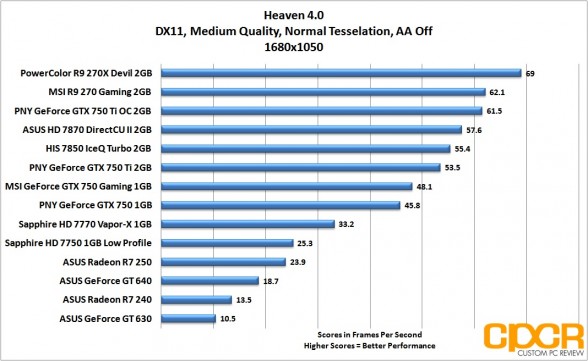
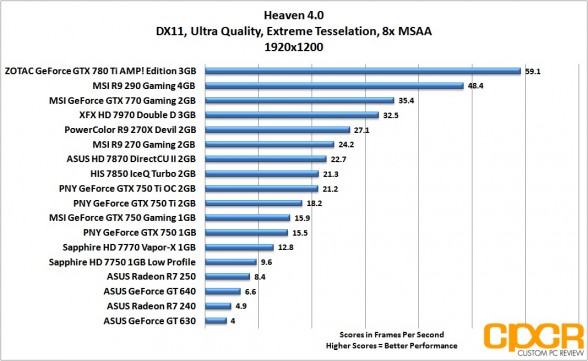
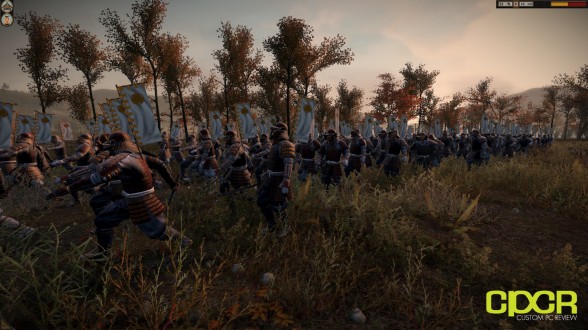
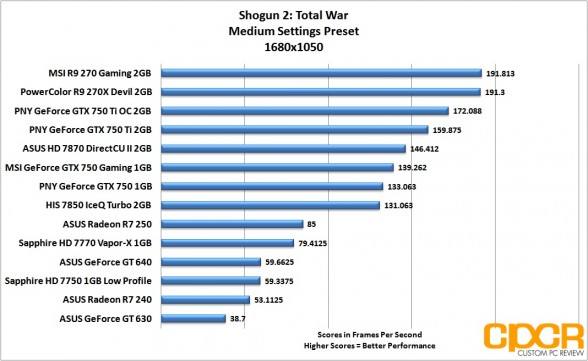
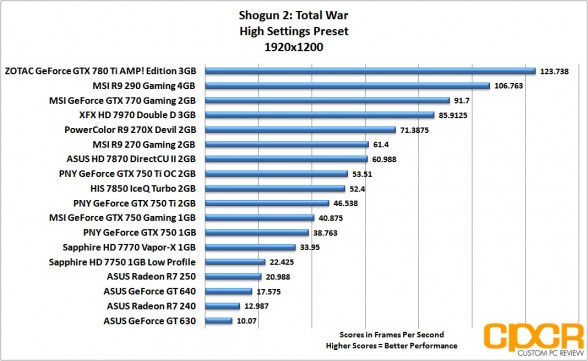
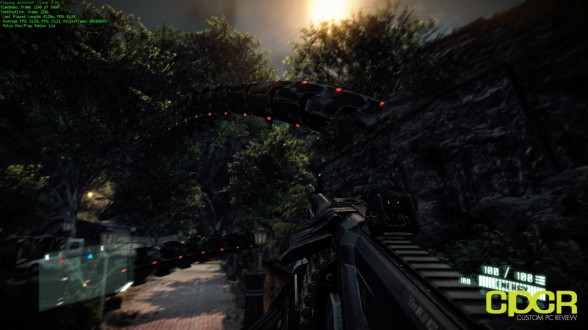
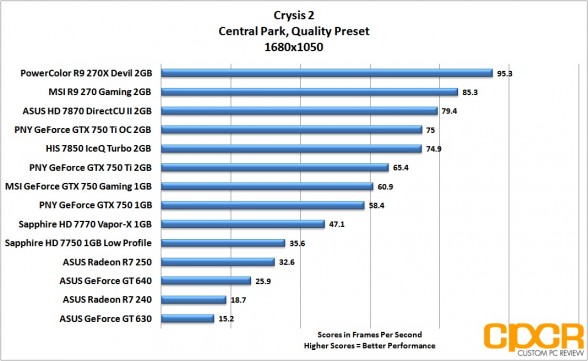
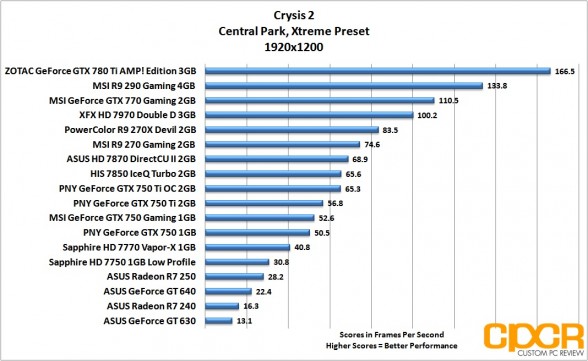
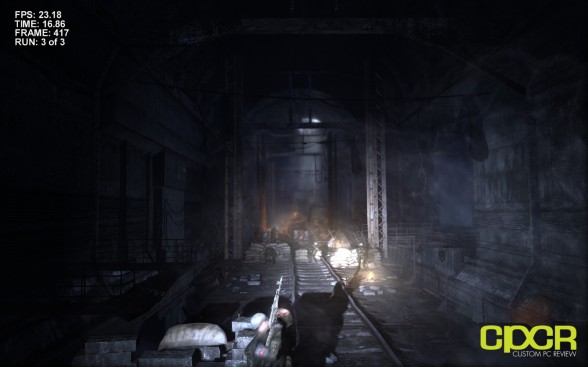
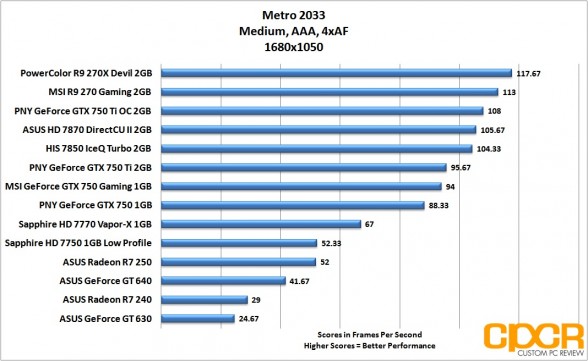
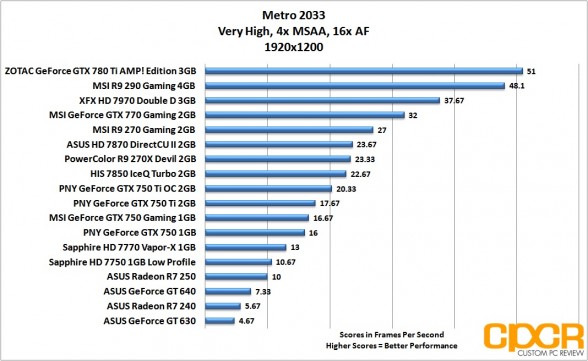
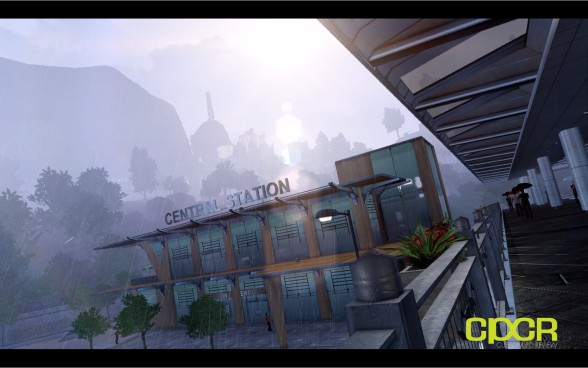
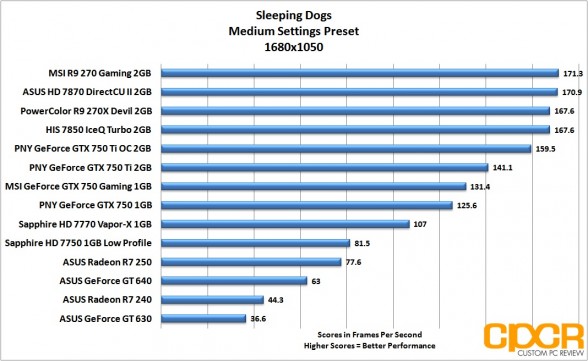
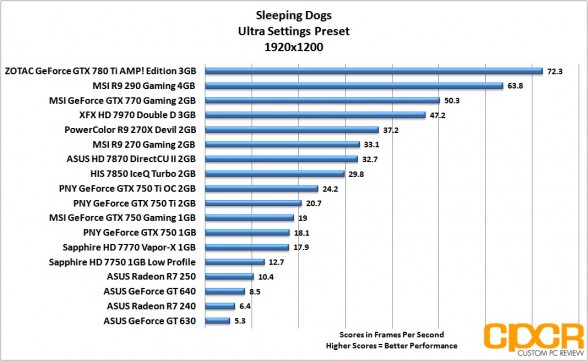

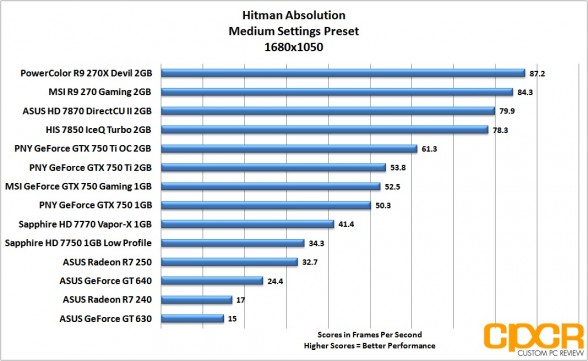
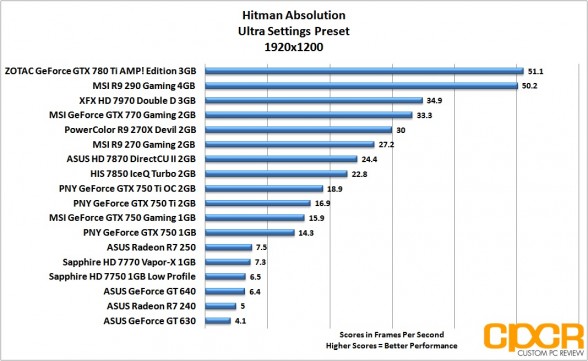

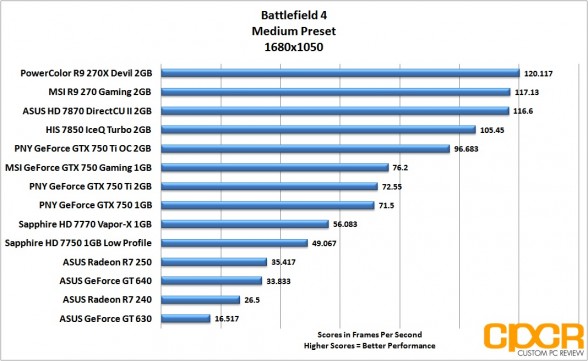
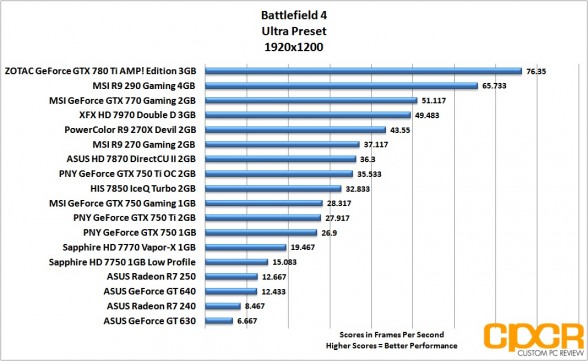
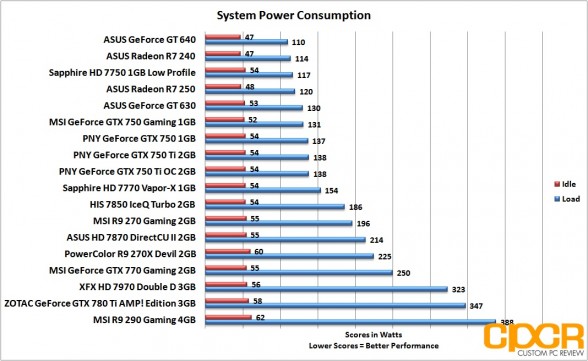
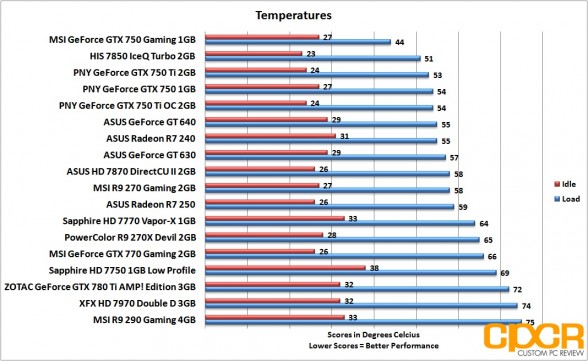

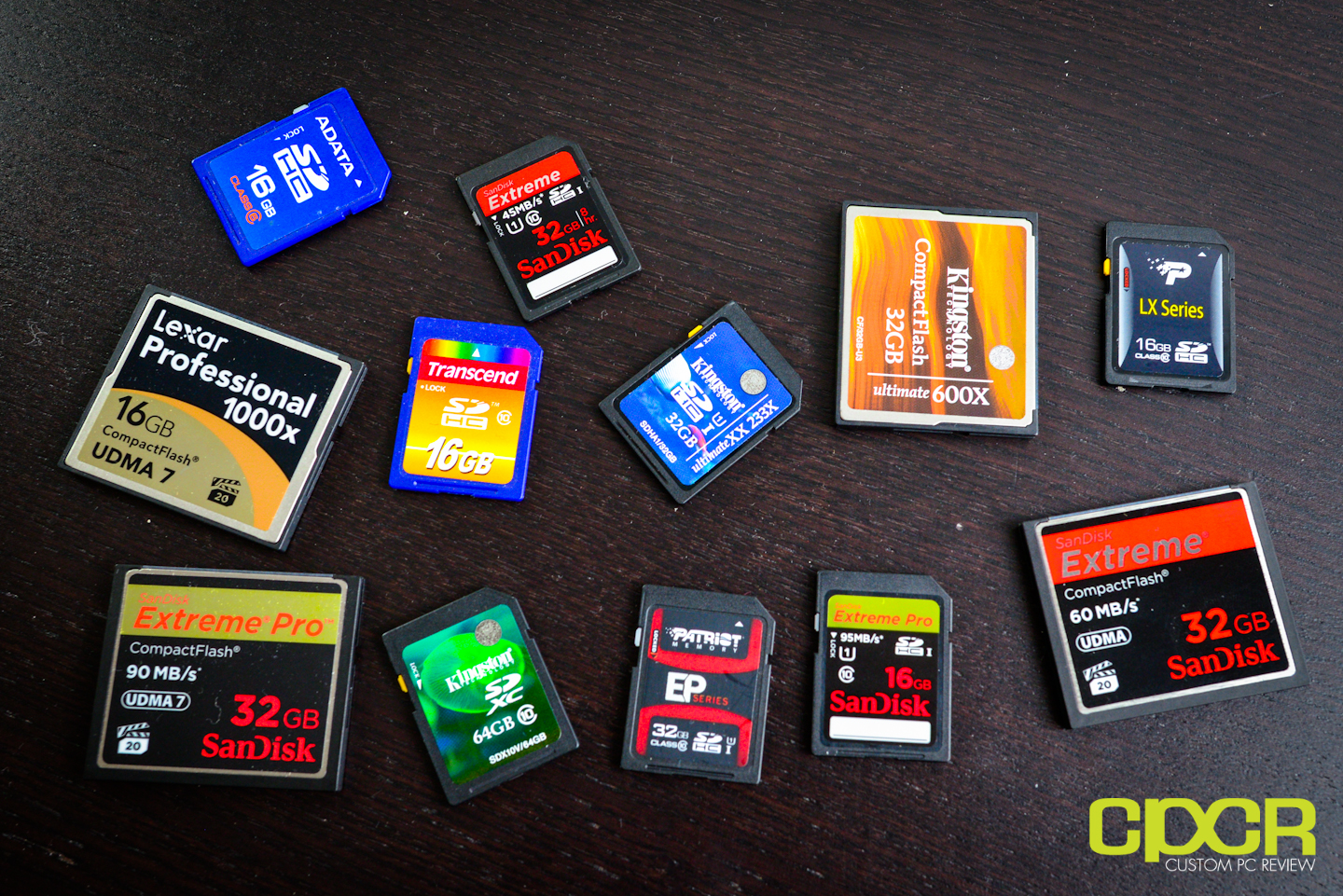
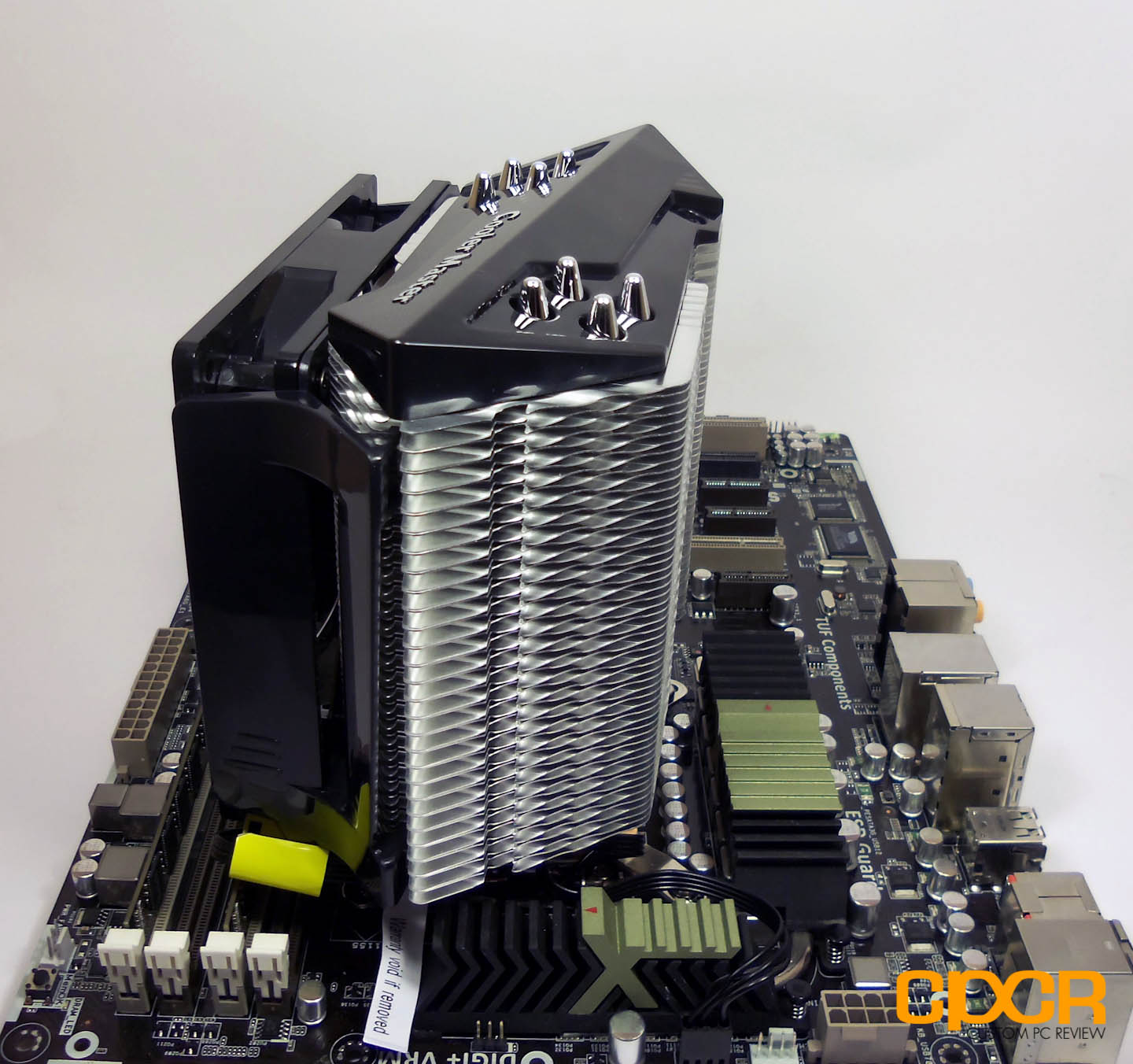

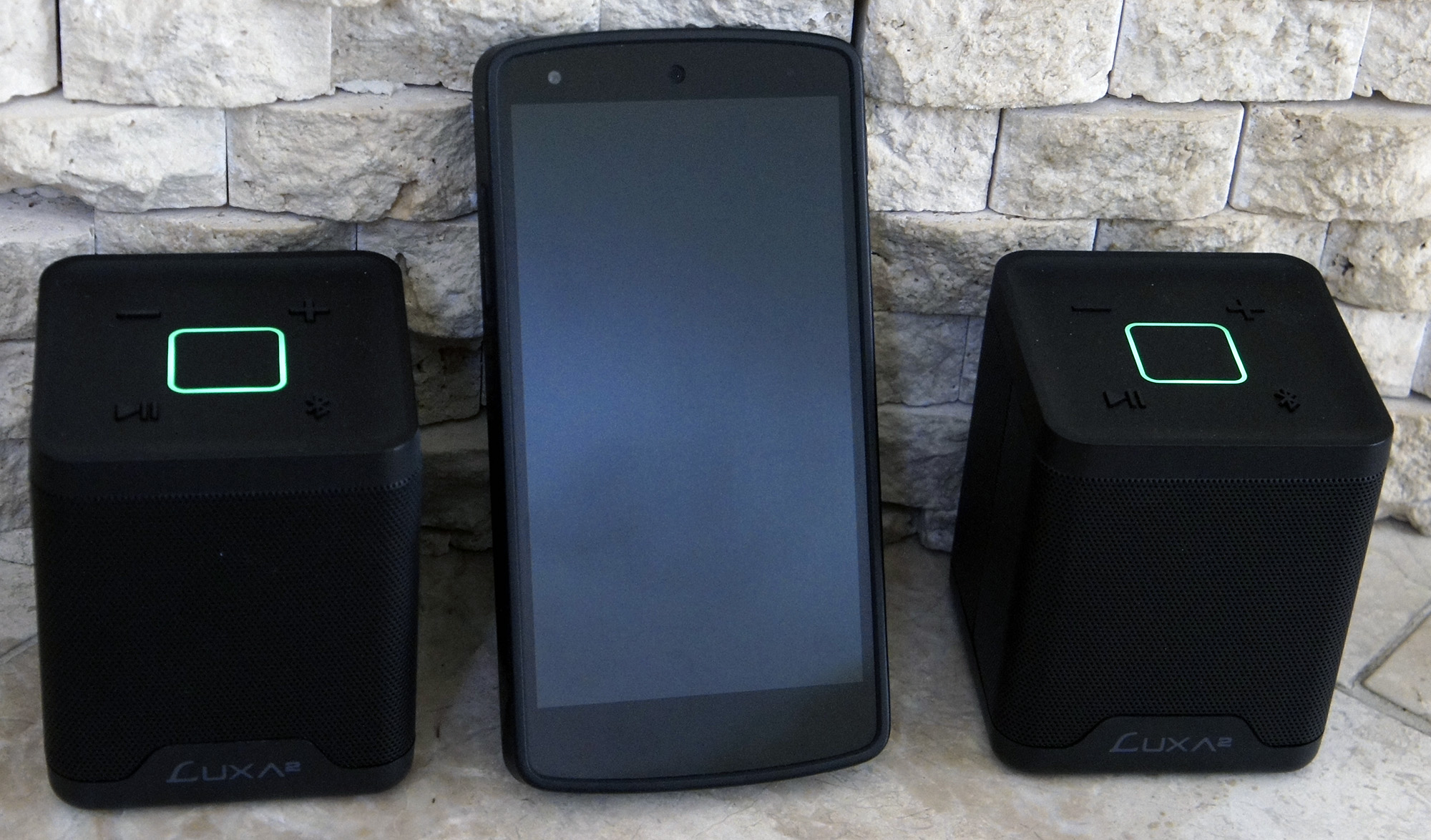
Sam…
What bothers me a great deal is “the author’s penchant” for using Infidel CPUs to test cards like the 240 and 250 which are meant to be used in DUAL GRAPHICS mode. Totally skipped. Why is this? From what I’ve found it often nearly doubles the frame rates. Maybe AMD isn’t paying you guys enough to do this – and as such it is a disservice to your readers… “you” being a blanket term for all tech authors. I’ve found very little on this. What gives? Also there is literally NOTHING on the R7 240 2GD5. They’re out there and available yet …?? If you guys don’t do the testing how are we to know? I realize there are thousands of cards, combinations… but if you’re going to test a dual graphics capable card … why the hell don’t you? Ok I understand using Infidel. But aren’t all things relevant? It’s all subjective. Why not be more OBjective?
Overall a good test and article. Gaming at this level – is there a point in comparing it to ANYTHING higher than – say an HD7770 or R250/260X? We already KNOW they’re crappy.. How many times does it need to be proven when the last paragraph you wrote says exactly that.
Drop out the top 4-5.. bottom 4 -5… then give us something honest. It would save you time and provide more relevant info than we actually got. If you had a data base that we could access… so much the better. Maybe I should check Anand. Miss him.
Thanks
Les Gulledge